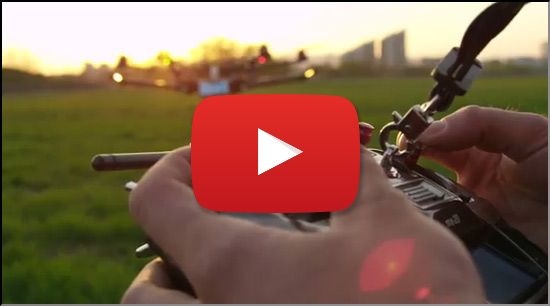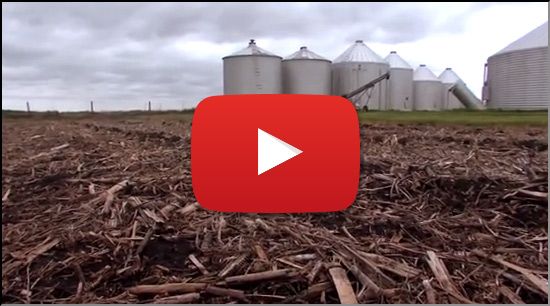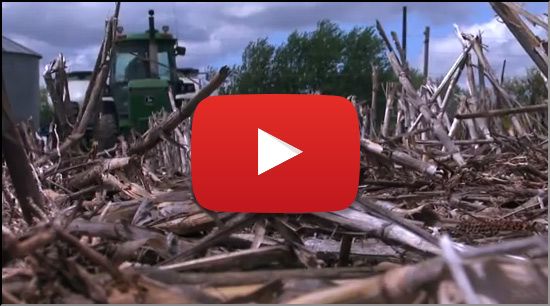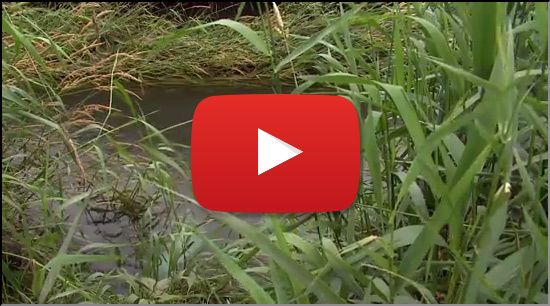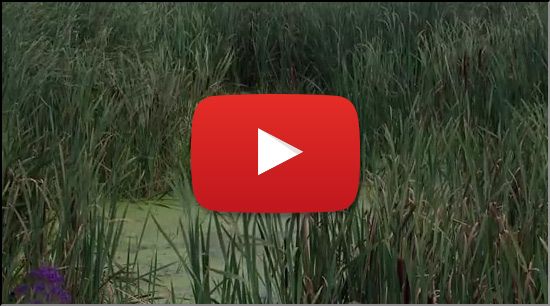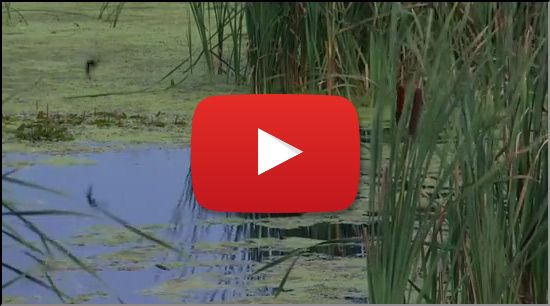Conservation Q&A
You've heard the terms: riparian buffers, cover crops, bioreactors. But what are they and how are they helping farmers make a difference in water quality? Check out the videos below to see the many innovative ways farmers are creating solutions on their farms to improve Iowa's land and water.
Riparian Buffer
What is a riparian buffer? If you're not sure, you're not alone. Riparian buffers work as natural walls and filters, using native plants to keep our waterways clean. They keep nutrients from the field out of the watershed and they provide habitats for local wildlife, from fish to birds to deer. Riparian buffers improve Iowa water quality and look great, too! Check out our video to learn more.
UAVs
Iowa farmers are innovators. It seems like every day, they find new ways to use cutting-edge technology to improve the land and watersheds. Unmanned aerial vehicles (UAVs), more commonly known as drones, are one way farmers are using new technology to grow your food more efficiently and cleanly. From spot-treating disease to reducing total nitrogen application, UAVs are revolutionizing the way farmers can see and treat their fields.
No-till
Farming has changed, and so has the way farmers prepare the land for planting. Now, many farmers embrace ‘no till'. No till leaves crop residue on the ground, letting it break down into organic matter. This improves soil quality, naturally filters out nutrients from groundwater before it enters Iowa watersheds, and helps to improve Iowa water quality!
Conservation Tillage
Farmers use many conservation techniques to keep soil and nutrients on their farms and out of Iowa watersheds. One technique is changing their tillage, with no-till or strip tilling. Strip tilling leaves crop remnants in the field to slow the flow of groundwater and reabsorb nutrients into the fields, where farmers want them. Watch and find out how farmers are using new tillage techniques to improve Iowa water quality.
Saturated Buffer
Iowa leads the nation in the number of conservation buffers, which naturally filter sediment and nutrients out of water. A saturated buffer is a type of buffer that lets scientists monitor water that flows from farm fields after heavy rain. By diverting some of the water underground to flow above the ground, we let agriculture nutrients (such as Nitrogen and Phosphorus) soak back into the soil. Iowa water quality is improved and farmers keep their nutrient-rich soil, a win-win!
Wetlands
Wetlands are nature's sponges - filtering out nitrates and helping with flood control. Iowa farmers are working with conservation experts to restore Iowa wetlands. Iowa used to be 11% wetland, and farmers are lining up to restore them, with hundreds of thousands of acres restored already. Not every site is right for a wetland, but for areas that are, they're great for improving water quality and providing habitats for wildlife, including many of our state's endangered species.
Nitrates
There are over 10,000 pounds of naturally occurring nitrogen per acre in typical Iowa soil. That's true whether you're standing in a corn field or your front porch. Farmers might apply 150 to 200 pounds per acre per year to fertilize a corn crop and continue to feed the world. We're blessed with some of the most fertile, productive soil in the world, and soil scientists say the main source of water quality problems is a lack of crop growth during the year, when the soil is warm and wet. By growing crops to use that nitrogen, farmers are actually helping to keep the soil in place and out of waterways.

